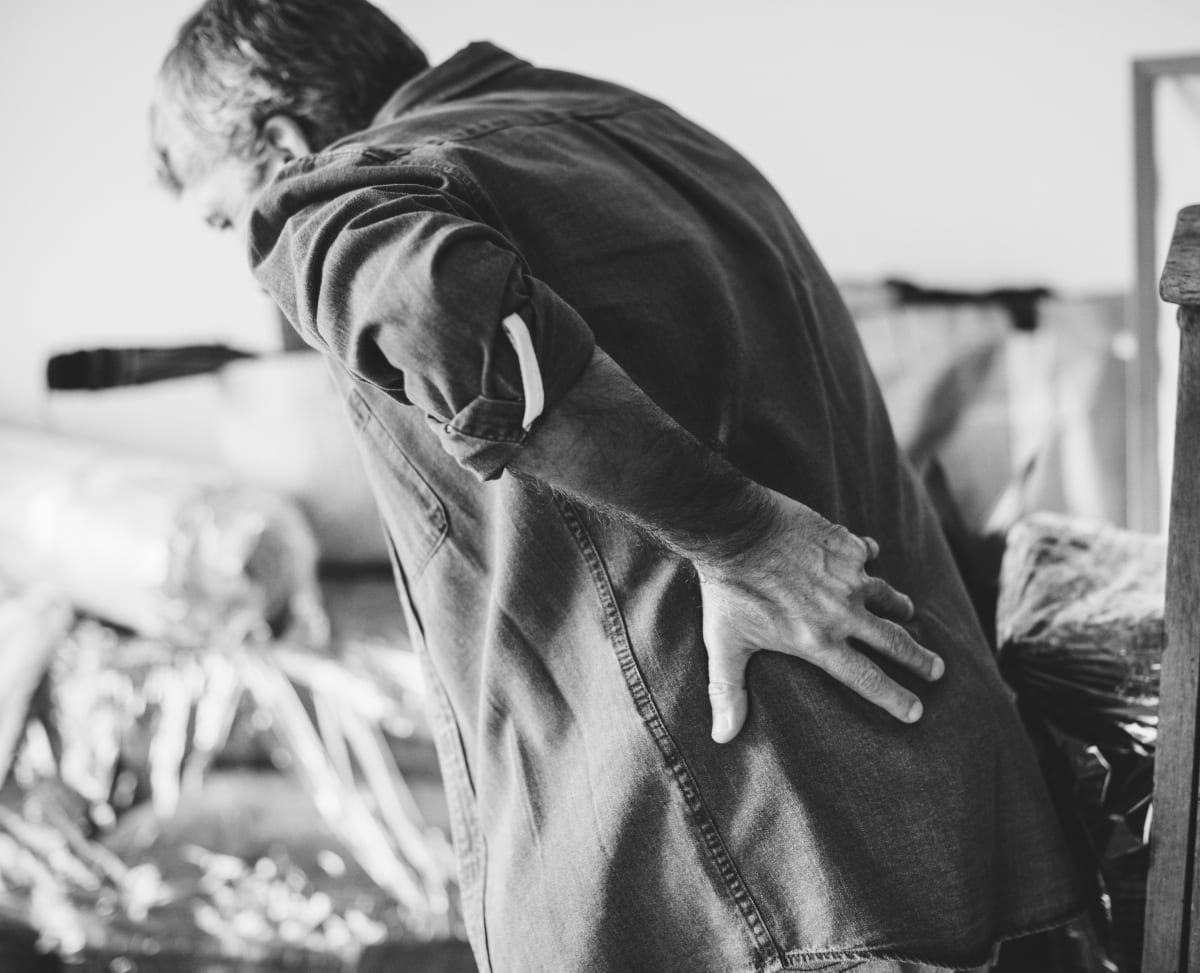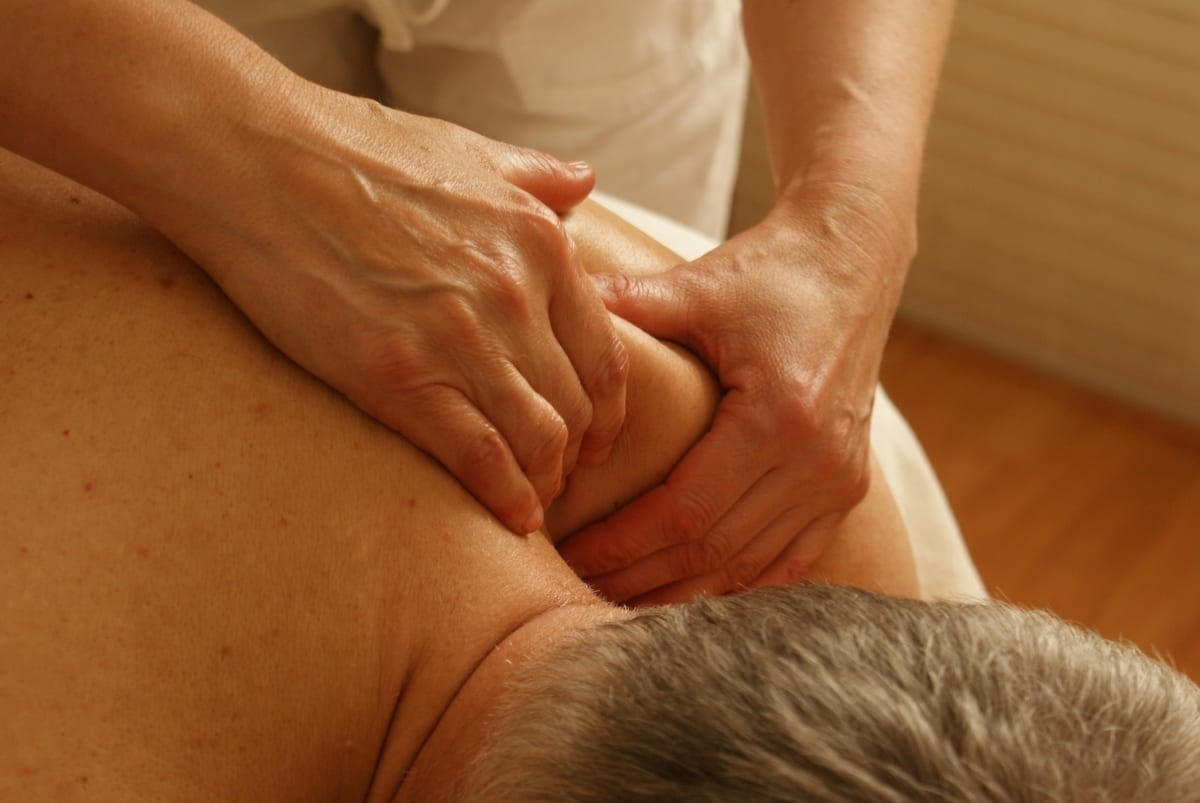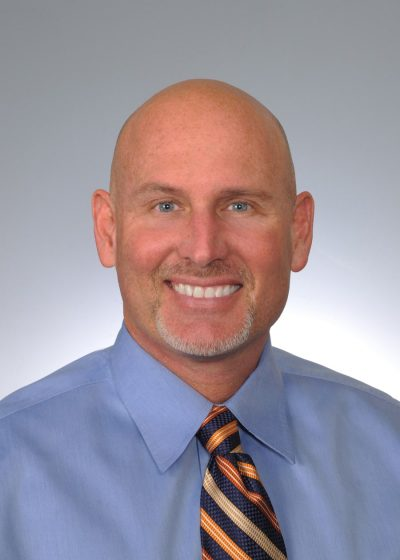Spinal stenosis sounds like an intimidating medical condition that must surely mean you are in serious trouble. However, more often than not, stenosis needs treatment, but it is far from a death sentence.
If you have been experiencing tingling, numbness, and muscles weakness in your lower back, legs, or in the neck region, you may be experiencing symptoms of stenosis. Often when we hear of a medical condition that has to do with the spine, surgery, and medications first come to mind. Doctors will also generally push patients to surgery and medications to improve their symptoms and decrease pain.
The good news is that stenosis does not automatically mean you will need drugs or surgery, especially if caught early. There are many ways to treat and manage stenosis in both the lower back and the neck that are safe and natural.
In this article, we will take a look at what stenosis is, what the symptoms are, and a few different natural and safe ways to manage spinal stenosis without drugs or surgery.
What is Spinal Stenosis?
Spinal stenosis is a narrowing of the spine and spaces in-between your spine. There are two main forms of spinal stenosis and they occur in the neck and the lower back lumbar region. Cervical stenosis occurs in your neck and lumbar stenosis happens in your lower baSpinal stenosis is caused by wear and tear over time but is most closely associated with osteoarthritis in the back. Other causes of stenosis include the following:
- Overgrowth of bone
- Herniated disk
- Thickened ligaments
- Tumors
- Spinal injuries
- Older age (50+)
Older people over the age of fifty are the most likely to develop spinal stenosis. This is because spinal stenosis is often caused by degeneration of the spaces in-between the spine. However, it is important to keep in mind it can happen to younger individuals as well. If you have been in a car accident, got injured in a sport, have a genetic defect, or other types of mutation, you may be more prone to developing spinal stenosis.
What are the Symptoms?

Your symptoms may be different depending on the location of your stenosis. Symptoms of stenosis in the lower back are:
- Tingling and numbness in your hands, arms, feet, or legs
- Weakness in hands, arms, feet, and legs
- Issues with walking and balancing
- Pain in the neck
Severe symptoms of neck stenosis are bladder and bowel dysfunction, meaning you experience incontinence and frequent and urgent urination.
Symptoms of lumbar stenosis include:
- Tingling and numbness in feet or legs
- Weakness in feet or legs
- Pain in the back
- Cramping and pain in the legs when standing for a long time or when walking
The cramping and pain will generally feel better when you bend forward or when you sit down.
Interestingly, many people have stenosis in their neck or lower back and may never experience symptoms. Often, a doctor will find the stenosis in the spine from an MRI or CT scan when looking at another unrelated issue.
Alternative Medicine for Stenosis
Although doctors will generally prescribe medication or recommend surgery in many cases, for many people, stenosis can be managed and improved through alternative medicine and natural remedies.
Chiropractic Treatment
A great way to manage your spinal stenosis without anything invasive is a chiropractic treatment. Chiropractic treatments traditionally help loosen your spine and get is properly aligned again.
Chiropractic can help with pain, inflammation, and making sure your spine’s range of motion is restored to normal and healthy levels.
Massage Therapy

Massages are not just relaxing! They can improve your stenosis and symptoms associated with the condition as well. Massage therapy helps improve circulation in your soft tissue. It can help release tension, restrictions, and muscles spasms that will make your spine and back feel looser and give you better range of motion. A massage once a week or a few times per month generally does the trick.
Regular Exercise
Exercise can help manage a lot of health-related issues and spinal stenosis is no exception. Exercise can help prevent back pain and stop spinal compression, especially is your focus in whole-body exercise routines. Stretching is also a helpful addition to your workout routine.
Natural Pain Relievers
Believe it or not, you can take natural pain relievers to help your pain. Over-the-counter pain meds and stronger prescription pain medications are dangerous and not necessary in many cases.
Applying heat and ice to the area you feel the most pain are good ways to reduce your pain in a simple way. Heating pads and ice packs work well taking a warm shower is another easy option for pain reduction. The hot running water over your achy and painful regions can do wonders for loosening up your muscles and tight spots.
Physical Therapy
A PT can also help you in the recovery and pain management process. When you see a PT, they will likely help you achieve better posture to strengthen your legs, back, and core. They may give you exercises to do at home as well to continue building your strength.
Eventually, you will be able to do the exercise at home on your own to maintain your strength and posture without weekly visits to a physical therapist.
Final Thoughts
In the end, treating and manage spinal stenosis in both the neck and the lower back does not automatically mean drugs or surgery. Drugs, and especially surgery, should be reserved for more extreme cases and do not have to be your first course of action.
Chiropractic care, massages, physical therapy, and natural pain relievers are just a few ways you can seek relief from the symptoms and pain caused by stenosis is a safe, natural, and effective way.
If your doctor diagnoses you with spinal stenosis, talk to them about alternative medicine treatment options or speak with a holistic doctor to learn more about alternative medicine options for stenosis.
About Dr. Brent Wells

Dr. Brent Wells, D.C. founded Better Health Chiropractic & Physical Rehab in Alaska in 1998 and has been a chiropractor for over 20 years. His main goal is to improve his Anchorage and Juneau patients’ quality of life while maintaining professional effective chiropractic care, physical rehab therapy and massage therapy.
Dr. Wells is also the author of over 700 online health articles that have been featured on sites such as Dr. Axe and Lifehack. He is a proud member of the American Chiropractic Association and the American Academy of Spine Physicians. And he continues his education to remain active and updated in all studies related to neurology, physical rehab, biomechanics, spine conditions, brain injury trauma, and more.

